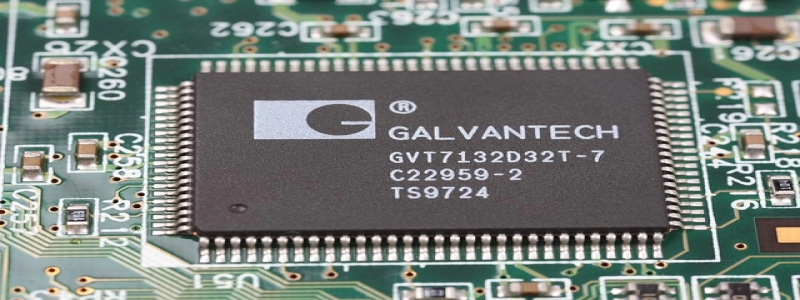Single Mode vs Multimode Fiber Optic Cable
Wstęp:
In the world of fiber optic communication, two types of cables dominate the industry – single mode and multimode fiber optic cables. Both of these cables serve the purpose of transmitting data and information at high speeds, but they differ in terms of performance, distance, cost, and other factors. This article explores the differences between single mode and multimode fiber optic cables, providing a detailed explanation of each.
Title 1: Single Mode Fiber Optic Cable
Single mode fiber optic cable is designed to carry a single ray or mode of light at a time. It has a smaller core diameter compared to multimode cable, usually around 9 microns. Due to its smaller core size, single mode cable allows for a more focused and direct transmission of light signals. This results in greater distances and higher bandwidth capacities. Single mode fiber optic cables are commonly used in long-distance applications such as telecommunications, networking, and fiber-to-the-home (FTTH) installations.
Title 2: Multimode Fiber Optic Cable
On the other hand, multimode fiber optic cable is built to carry multiple rays or modes of light simultaneously. It has a larger core diameter, usually around 50 or 62.5 microns. This allows for the transmission of multiple signals at the same time, but it also leads to dispersion and loss of signal quality over longer distances. Multimode cables are typically used in short-distance applications such as local area networks (LANs), campuses, and data centers.
Title 3: Performance Differences
Single mode fiber optic cable offers higher performance compared to multimode cable. This is due to its ability to transmit light signals in a single, straight path without any interference or loss. As a result, single mode cables can achieve much longer distances, reaching up to 40 or 80 kilometers without the need for repeaters. On the other hand, multimode cables have a limited distance capacity of around 2 kilometers, which can be extended with the use of modal dispersion compensating techniques.
Title 4: Bandwidth and Speed
When it comes to bandwidth and speed, single mode fiber optic cables have a higher capacity. They can support much higher data rates, reaching up to 100 Gbps and beyond. Multimode cables have comparatively lower bandwidth capacities, typically ranging from 10 to 40 Gb/s. For applications that require higher speeds and greater bandwidth, single mode cables are the preferred choice.
Title 5: Cost Considerations
Lastly, the cost of single mode and multimode fiber optic cables differs significantly. Single mode cables are generally more expensive than multimode cables due to their advanced technology, higher performance, and longer transmission capabilities. Multimode cables, being simpler in design and suitable for shorter distances, are more cost-effective for applications with limited distance requirements. Ultimately, the choice between single mode and multimode cables depends on the specific needs, budget, and capabilities of the communication system.
Wniosek:
Choosing the right fiber optic cable, whether single mode or multimode, is crucial for achieving optimum performance and efficiency in data transmission. While single mode cables offer greater performance, longer distances, and higher bandwidth capacities, multimode cables provide a more cost-effective solution for short-distance applications. Understanding the differences between these two types of cables will help professionals make informed decisions and select the most suitable option for their specific needs.







